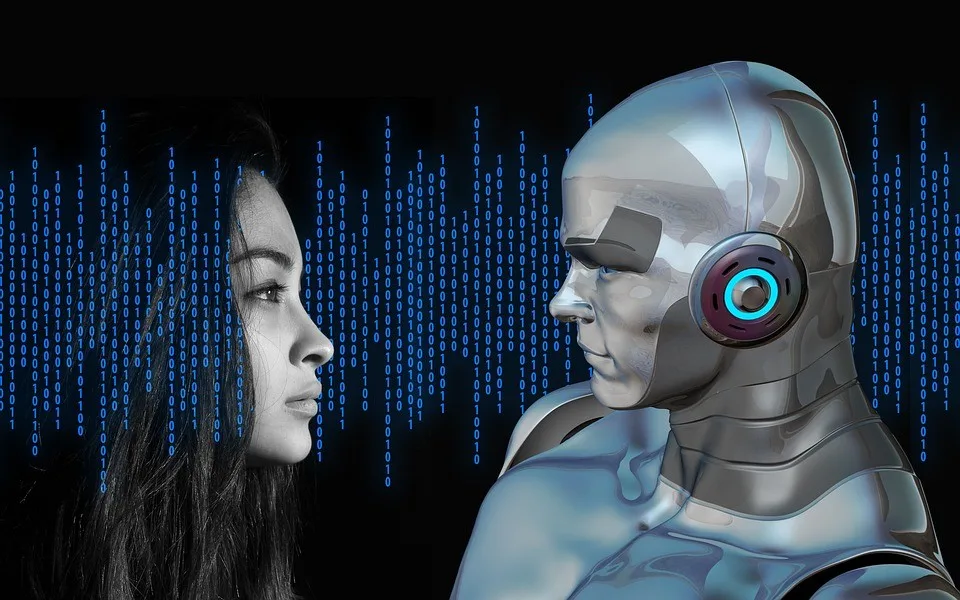Artificially intelligent people have revolutionized the world of technology. Everything that was never possible is becoming possible. Researchers compared human and chat-generative pre-trained transformers (ChatGPT), a large language model (LLM), in a contemporary study posted in Scientific Reports, exploring their storytelling skills.
People can tell each other concise stories and portrayals about alien, imagined, projected, or chronological events. Via narrative communication, those who couldn’t attend the event can almost participate. Human society and culture are inseparable from the telling of stories and events.
One important part of narrative contact is that audiences participate in the story and its vibrant flow before being reminded or retold.
That means the surveyed sequence reaches an incremental process experienced by an individual. When telling or recalling stories, people remember the original text and their own experiences. This part of human storytelling might be further developed by LLMs such as ChatGPT.
Although the human and ChatGPT stories were condensed versions of the original tale, essential details were kept. Yet, the patterns followed by ChatGPT and human retellings varied.
Human stories changed with each recurrence, but ChatGPT retellings remained extremely consistent. Every human retelling provided a fresh, unique outlook on the preceding.
Despite slight deviations throughout iterations, ChatGPT and humans differed, especially regarding speech elements. Compared to ChatGPT, people used twice as many refutations and more verbs, pronouns, and adverbs.
Analogized to humans, ChatGPT employed a higher number of adjectives and nouns. Humans’ comparatively greater use of verbs and adverbs showed they were more concerned with feelings and conduct.
Given the above, the chatbot’s focus on objects and entities was apparent from its greater use of adjectives and nouns. Despite refutations requiring more cognitive work than ChatGPT retellings, human stories showed a greater rate of negations.
In the first recount, ChatGPT used fewer synsets than humans. It had a higher synset density than humans, and synsets were more likely to hold throughout ChatGPT stories. In comparison, the chatbot produced rarer, unique synsets than people did.
When transmitting stories, ChatGPT and humans had different qualities. Compared to ChatGPT, human retellings could have been more refined and imaginative via duplication. Although the chatbot generated a condensed and simplified version of the original record, it made the tiniest changes in subsequent renditions, keeping the fundamental elements of the earlier recounting.

















